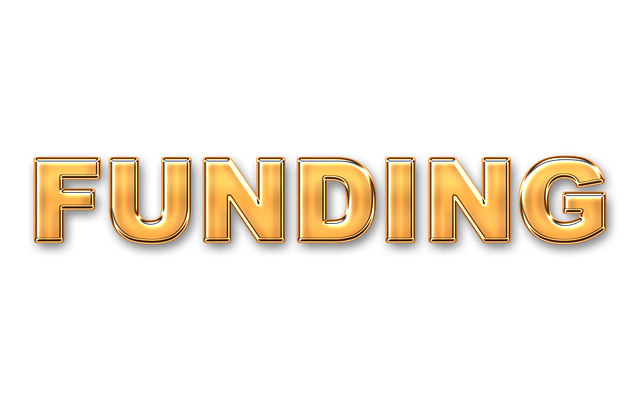Understanding your project's cash flow needs is vital for selecting appropriate working capital funding (WCF). By evaluating short-term and long-term financial outlook, including revenue, expenses, and seasonal fluctuations, you can determine the exact amount of WCF required. This analysis helps narrow down suitable funding choices like accounts receivable financing, lines of credit, or asset-based lending. Aligning your funding choice with specific business needs and goals is essential; different sources cater to immediate capital needs or ongoing operational demands. Assessing financial health, growth potential, terms, conditions, interest rates, and fees ensures the best fit aligned with your project's timeline and budget.
Uncertain about which working capital funding option is best for your project? This guide helps you navigate the process, from understanding your cash flow needs to selecting the ideal funding solution. We explore common working capital funding options and provide a step-by-step approach to evaluating and choosing the best fit for your unique project requirements, ensuring optimal financial support for its successful execution.
- Understanding Your Project's Cash Flow Needs
- Exploring Common Working Capital Funding Options
- Evaluating and Selecting the Best Fit for Your Project
Understanding Your Project's Cash Flow Needs

Understanding your project’s cash flow needs is a critical step in selecting the right working capital funding option. Different projects have distinct requirements, from initial setup costs to ongoing operational expenses. Evaluate your project’s short-term and long-term financial outlook, including anticipated revenue streams, expected expenses, and potential seasonal fluctuations.
This analysis will help you identify the specific amount of working capital required to sustain operations until cash flow improves or generates sufficient returns. By considering these factors, you can narrow down suitable funding options like accounts receivable financing, lines of credit, or asset-based lending, ensuring a match between your project’s needs and the available working capital funding choices.
Exploring Common Working Capital Funding Options

When exploring working capital funding options for your project, it’s essential to understand the diverse choices available. Traditional bank loans remain a popular option, offering predictable terms and interest rates. However, with the rise of digital finance, alternative sources like crowdfunding, line of credit from financial institutions, and vendor financing are gaining traction. Each method has its unique features: Crowdfunding appeals to creative projects or social causes; lines of credit provide flexible borrowing; and vendor financing can be tailored for specific industry needs.
Delving deeper into these working capital funding options reveals varying application processes, approval criteria, and cost structures. Bank loans usually demand collateral and a detailed business plan while alternative sources may prioritize project viability, audience appeal, or supplier relationships. Thoroughly evaluating your project’s requirements, financial health, and strategic fit with each option will facilitate informed decision-making, ensuring you secure the most suitable working capital funding for successful project execution.
Evaluating and Selecting the Best Fit for Your Project

When evaluating working capital funding options for your project, it’s crucial to align your choice with your specific business needs and goals. Different funding sources cater to varying scenarios; understanding their unique characteristics is key to making an informed decision. Consider the nature of your project—is it expansion, seasonality, or a sudden cash flow gap? Each requires a tailored approach. For instance, short-term loans might be suitable for immediate capital needs, while lines of credit offer flexibility for ongoing operational demands.
Assess your business’s financial health and future prospects. Longer-term funding options could be more beneficial if your project has sustained growth potential. Lenders or investors will assess your creditworthiness, cash flow projections, and the value of your assets, so ensure you have accurate and transparent financial records. Additionally, consider the terms and conditions, interest rates, and any associated fees to find the best fit that aligns with your project’s timeline and budget.














